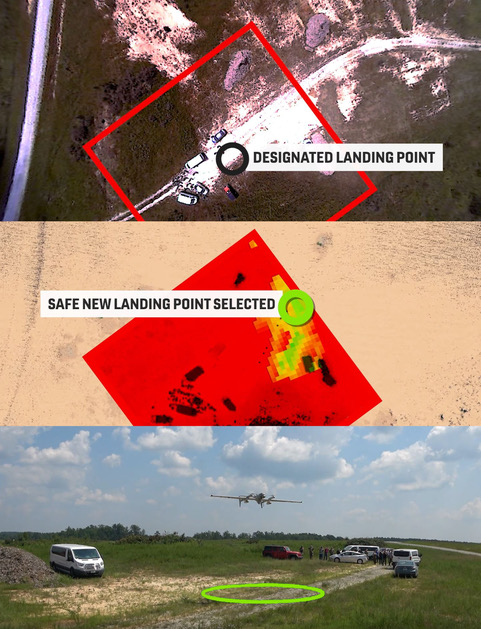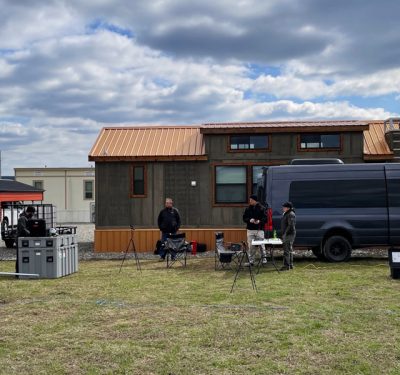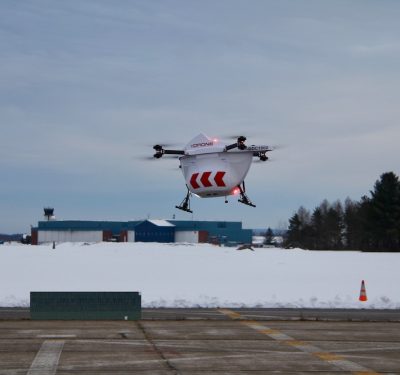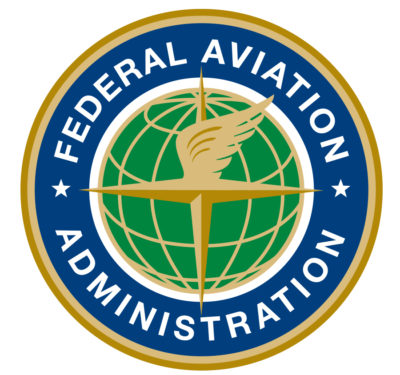
L3Harris’ VTOL FVR-90 integrated with Near Earth Autonomy’s flight system selects and lands safely during a demonstration at Fort Pickett, Va. Photo courtesy of Near Earth Autonomy.
An autonomous flight system developer and a major hybrid VTOL manufacturer have demonstrated the ability to deliver life-saving blood and other medical supplies to field medics hundreds of miles from operational bases.
“The system will initially be used by forward-based company-level medics, said Sanjiv Singh, CEO of Near Earth Autonomy. “It is especially gratifying to speak to end users who can benefit from the life-saving applications that are now possible through this innovative program.”
Near Earth Autonomy and L3Harris Technologies received a federal contract to identify ways to save the lives of troops in situations where access to blood in the field can be challenging. Their demonstration project also addressed the problem of blood supplies going unused and wasted by recovering it for blood banks in reusable condition.
The contract to design the UAS was awarded by the U.S. Army’s Medical Research and Development Command’s (USAMRDC) Telemedicine and Advanced Technology Research Center (TATRC).
Moving Toward Deployment
Leveraging New Earth’s autonomous flight systems and L3Harris’ FVR-90 hybrid VTOL aircraft, the UAS was tested in a demonstration in August at Ft. Pickett, Virginia. The trial showed that the UAS could analyze landing areas using onboard sensors to find a safe, unobstructed location. When the ground was too cluttered for the vehicle to land, the UAS dropped transport pods from a low-altitude hover or released them via parachute.
“Together, they have smartly integrated their aircraft autonomy and blood storage system with a capable UAS, demonstrating the ability to support field care, when immediate patient evacuation is not possible, through long-range delivery and recovery of critical supplies without requiring any forward infrastructure,” said Nathan Fisher, chief of the Medical Robotic and Autonomous Systems Division at TATRC.
While other companies, including Zipline, have used drones to transport medical supplies, Singh said the UAS his Pittsburgh-based company helped build can deliver supplies in three ways—ground landing, package drops from low elevations and parachute drops from higher elevations.
“The aircraft configuration also allows the aircraft to take off anywhere and be recovered anywhere,” Singh said, adding that it does not need a complex system to launch or be retrieved.
The system will change the way medical supplies are transported in the military, projected Dave Duggan, president of Precision Engagement Systems for Melbourne, Florida-based L3Harris. “When combined with autonomous delivery zone evaluation, vertical takeoff and landing and long-distance flight can transform field supply logistics.”






